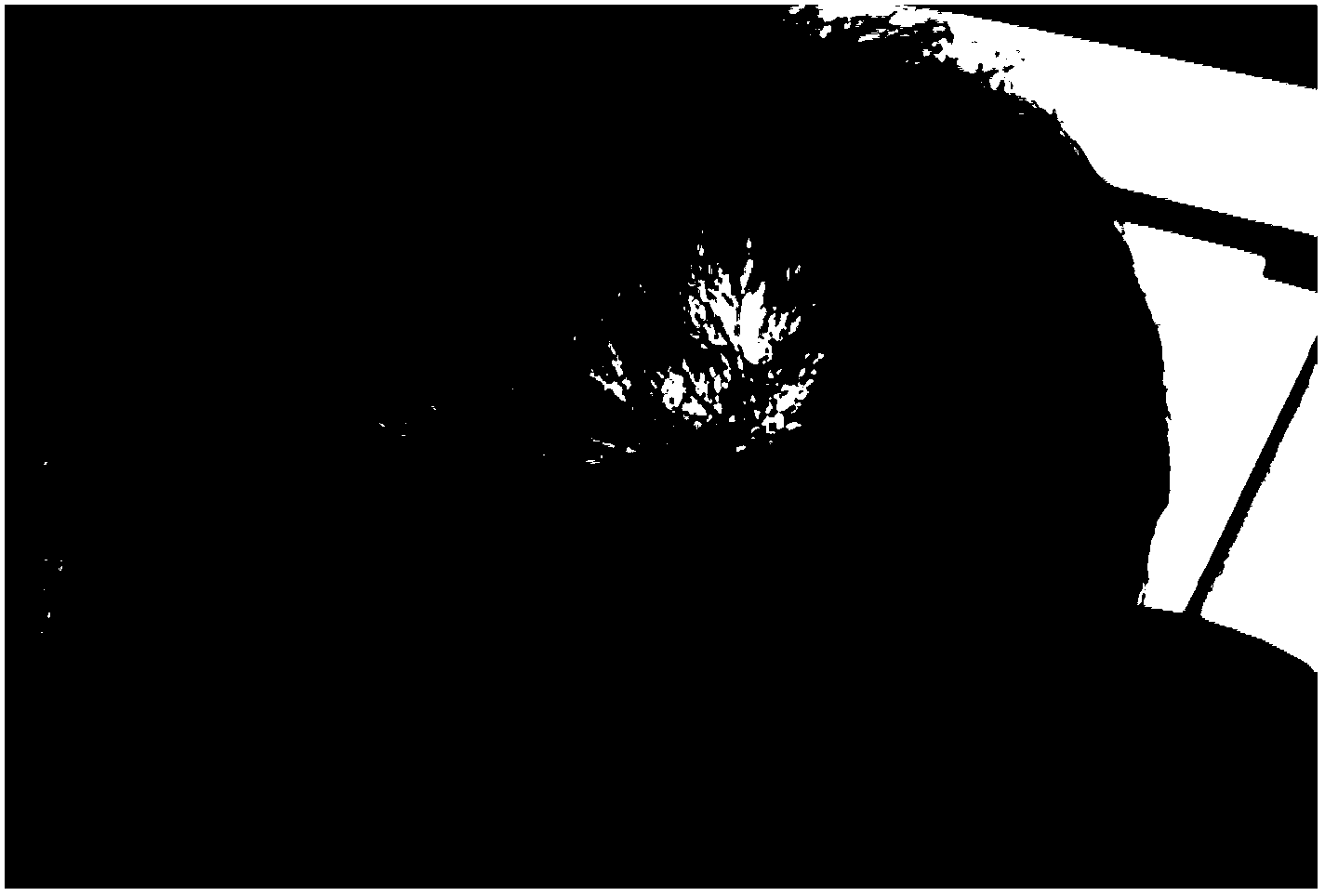Composition and method for promoting hair growth
A technology of hair growth and composition, which is applied in the field of hair growth-promoting composition, and can solve the problem that the hair growth-promoting effect is not fully satisfactory
- Summary
- Abstract
- Description
- Claims
- Application Information
AI Technical Summary
Problems solved by technology
Method used
Image
Examples
Embodiment 1
[0033] Embodiment 1─In vitro culture of hair follicle pilomastoid cells
[0034] Eight-week-old male SD rats were purchased from the Experimental Animal Center of the National Science Council. Hair follicles and pilomastoids were obtained from rat vibrissae follicles by microsurgery under a dissecting microscope. The zeroth generation hair follicle pilomastoid cells were cultured in 35mm culture dishes (purchased from Falcon, Bedford, MA, USA), supplemented with RPMI-1640 medium (purchased from Invitrogen, Carlsbad, CA, USA), and supplemented with 10% Fetal bovine serum (purchased from Hyclone, Logan, Utah, USA), 2 mM L-glutamic acid, 50 IU / ml penicillin and 50 μg / ml streptomycin. Hereinafter, the RPMI-1640 medium supplemented with serum is referred to as medium A, while the RPMI-1640 medium without serum supplemented is referred to as medium B for short. When the cells grew to 80% full, they were re-cultivated in 100mm culture dishes (purchased from Falcon, Bedford, MA, USA...
Embodiment 2
[0035] Example 2 - Synergistic effect of EGCG and adenosine
[0036] In a 24-well culture dish (purchased from Falcon, Bedford, MA, USA), 0.5 ml of dermal papilla cells obtained in Example 2 were planted in each well, and the cell density was 1×10 4 / ml. Add gallocatechin epigallate (EGCG) (purchased from Sigma-Aldrich, St.Louis, MO, USA) and / or adenosine (purchased from Sigma-Aldrich, St.Louis, MO, USA) media, to reach final concentrations of 0.5 μM and 5 μM, respectively. at 37°C and 5% CO 2 After culturing for 24 hours under the condition of , stain with 0.4% trypan blue solution to count the number of dermal papillae cells. The same experiment was repeated 4 times and the results are shown in Table 1 below.
[0037] Table 1
[0038]
[0039] The unit of cell number in Table 1 is 1×10 4 / ml
[0040] As shown in Table 1, if the number of dermal papilla cells cultured only in medium A is set as 100%, EGCG alone can increase the number of cells by about 17%, but ade...
Embodiment 3
[0041] Example 3 - Preparation of supernatant of hair follicle pilomastoid cell culture
[0042] 10ml of hair follicle dermal papilla cells (1x10 6 cells / ml) into 100-mm culture dishes. After 24 hours of incubation in Medium A, the culture supernatant was collected and centrifuged at 3000 x g for 15 minutes at 4°C to remove cell debris. The resulting liquid was filtered through a filter membrane with a pore size of 0.2 μm to obtain supernatant C, which was stored at -70°C for future use.
[0043] On the other hand, 10ml of hair follicle pilomastoid cells (1x10 6 cells / ml) were seeded into 100-mm culture dishes and cultured in medium A until the next day. Remove the medium A, and then wash the cells with RPMI-1640 medium 3 times, 5 minutes each time. Serum-free culture supernatants were produced by culturing with 10 ml of RPMI-1640 medium for at least 8 hours. Culture supernatants were collected and centrifuged at 3000 x g for 15 minutes at 4°C to remove cell debris. The ...
PUM
 Login to View More
Login to View More Abstract
Description
Claims
Application Information
 Login to View More
Login to View More - R&D
- Intellectual Property
- Life Sciences
- Materials
- Tech Scout
- Unparalleled Data Quality
- Higher Quality Content
- 60% Fewer Hallucinations
Browse by: Latest US Patents, China's latest patents, Technical Efficacy Thesaurus, Application Domain, Technology Topic, Popular Technical Reports.
© 2025 PatSnap. All rights reserved.Legal|Privacy policy|Modern Slavery Act Transparency Statement|Sitemap|About US| Contact US: help@patsnap.com



